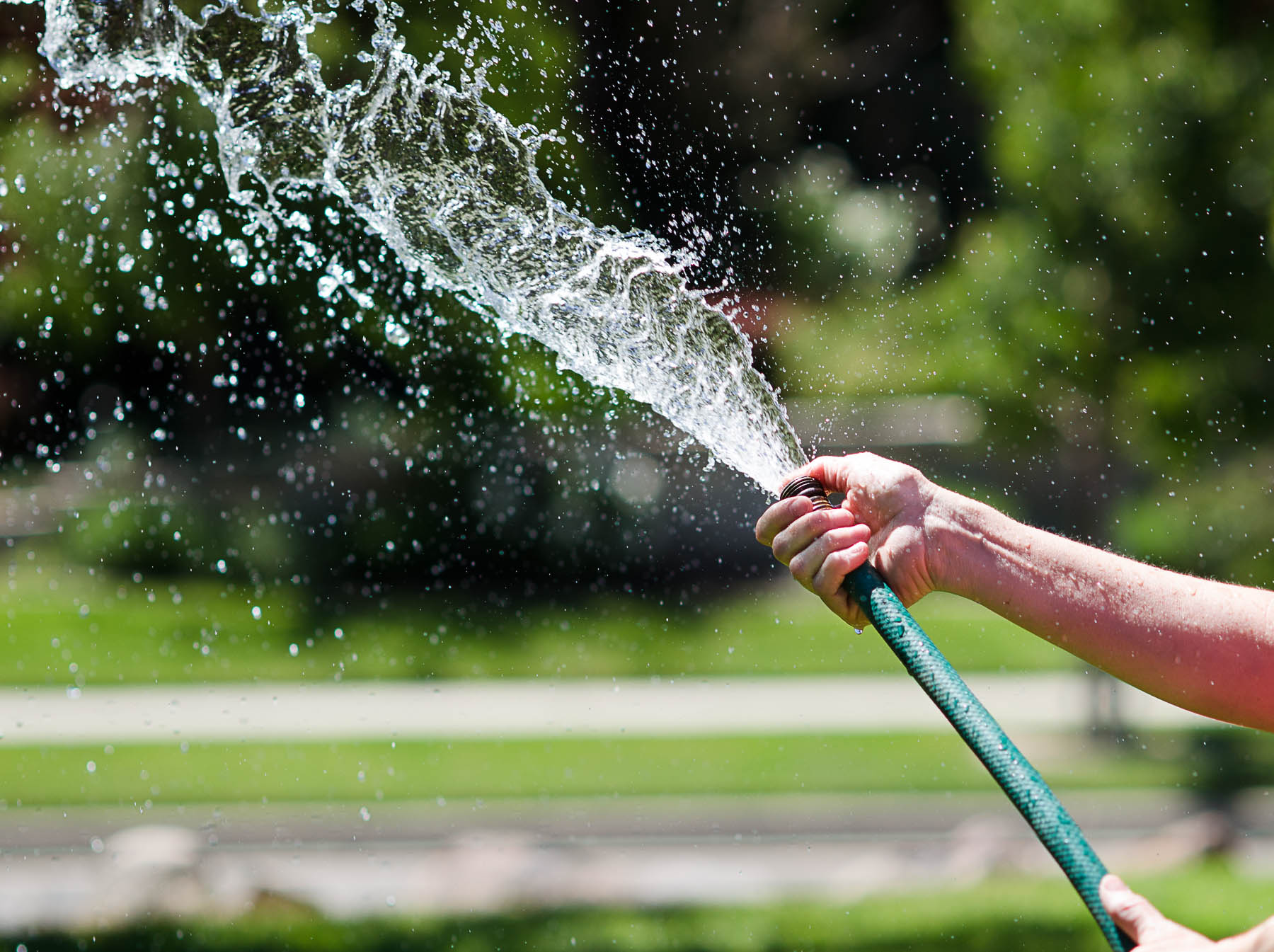Many people don’t realize the value of experiencing an irrigation backflow preventer and just why it’s important. The scenery around your home or business is filled up with all kinds of things that can cause you to ill if ingested. Fertilizers, pesticides and the bacteria within pet wastes merely to name a few.
Most irrigation systems are linked to a potable drinking water source. Backflow preventers, as the name means, prevent contaminated normal water from flowing back to the potable normal water supply. Backflow may appear when there is an abrupt pressure drop in the municipal normal water line. This may be brought on by the beginning of a flames hydrant for example. If the pressure drops on the resource side associated with an irrigation system, drinking water that is position around a sprinkler mind can be attracted back to the municipal normal water lines, thus contaminating the potable normal water resource. Backflow preventers keep this from taking place.
As the potential risk for contaminants is high, most municipalities require installing a backflow protection device on all irrigation systems and require that they be analyzed at least annually.
There are many types of backflow reduction devices. The sort of device you need to install is basically dictated by local rules. These codes may differ by normal water purveyor so ensure you contact them for a set of approved devices and manufacturers.
Go to the irrigation specialists at W.P. Legislations, Inc. for quality irrigation systems and equipment, plus get more info and advice on just why an irrigation backflow preventer can be considered a benefit for one’s body.
Water that gets into a home or building’s hearth protection, plumbing related, or irrigation system from a primary water supply lines should only stream in one course: in to the property. But sometimes, pressure changes in the pipes can cause drinking water to seep back to the primary resource line.
For example, a water-main period of time or the beginning of a hearth hydrant can cause normal water pipes to reduce pressure. When that occurs, water is no more pushed forward in to the property, permitting it to stream backward into city normal water supplies.
Backflow is dangerous since it can pollute the general public drinking source with contaminants like fertilizers, pesticides, human being waste, and harmful chemical compounds. This year 2010, for example, students at a Bowling Green, Kentucky primary school experienced nausea and other symptoms after having a contractor focusing on the HVAC system induced the antifreeze substance glycol to backflow in to the school’s drinking resource.
Such potential health potential issues are alarming, nonetheless they aren’t the one problem. Backflow can even be extremely expensive to remediate. ENVIRONMENTALLY FRIENDLY Protection Organization (EPA) expresses that the common backflow incident can take almost 500 time to fix at a price of $14,800.
How come backflow from a flame sprinkler system especially alarming?
In wet flame safeguard systems like certain types of sprinklers or standpipes, a sizable volume of normal water never steps until it moves from an turned on sprinkler brain or a cracked sprinkler tube. When drinking water is stagnant, bacterias can fester-transforming the sprinkler normal water into a heavy, smelly, black, greasy sludge that may potentially cause serious issues if it reverses into a city’s drinking alcohol supply.
Sprinkler systems linked to non-potable general population water materials or alternative resources of normal water can still create contamination hazards if the prospect of a cross-connection is present to a city’s normal water. Backflow from systems which contain antifreeze or other chemicals such as foam is also a significant concern.
Exactly what is a backflow preventer?
A backflow preventer is a tool made to keep normal water inside fire-protection and other water-based systems over a property-ensuring it only trips in one way: from this inflatable water main in to the system’s pipes.
Approved backflow assemblies have attained certain requirements of different approved trials agencies including the American Modern culture of Mechanical Designers (ASME), the North american Population of Sanitary Engineer (ASSE), the North american Water Works Connection (AWWA), the North american National Criteria Institute (ANSI), the Stock Mutual Research Firm (FM), and UL (previously Underwriters Laboratory).
Various kinds backflow preventers are present, and each is supposed for specific applications. The most frequent assemblies include:
CHECK Valves (DCV)
DCVs are specifically made to prevent backflow in fireplace sprinkler systems. The mainstay for normal open fire cover applications, DCVs feature an inlet (upstream) shutoff valve, two independently working spring-loaded check valves (usually in the solitary valve body), four test cocks, and an wall socket (downstream) shutoff valve.




